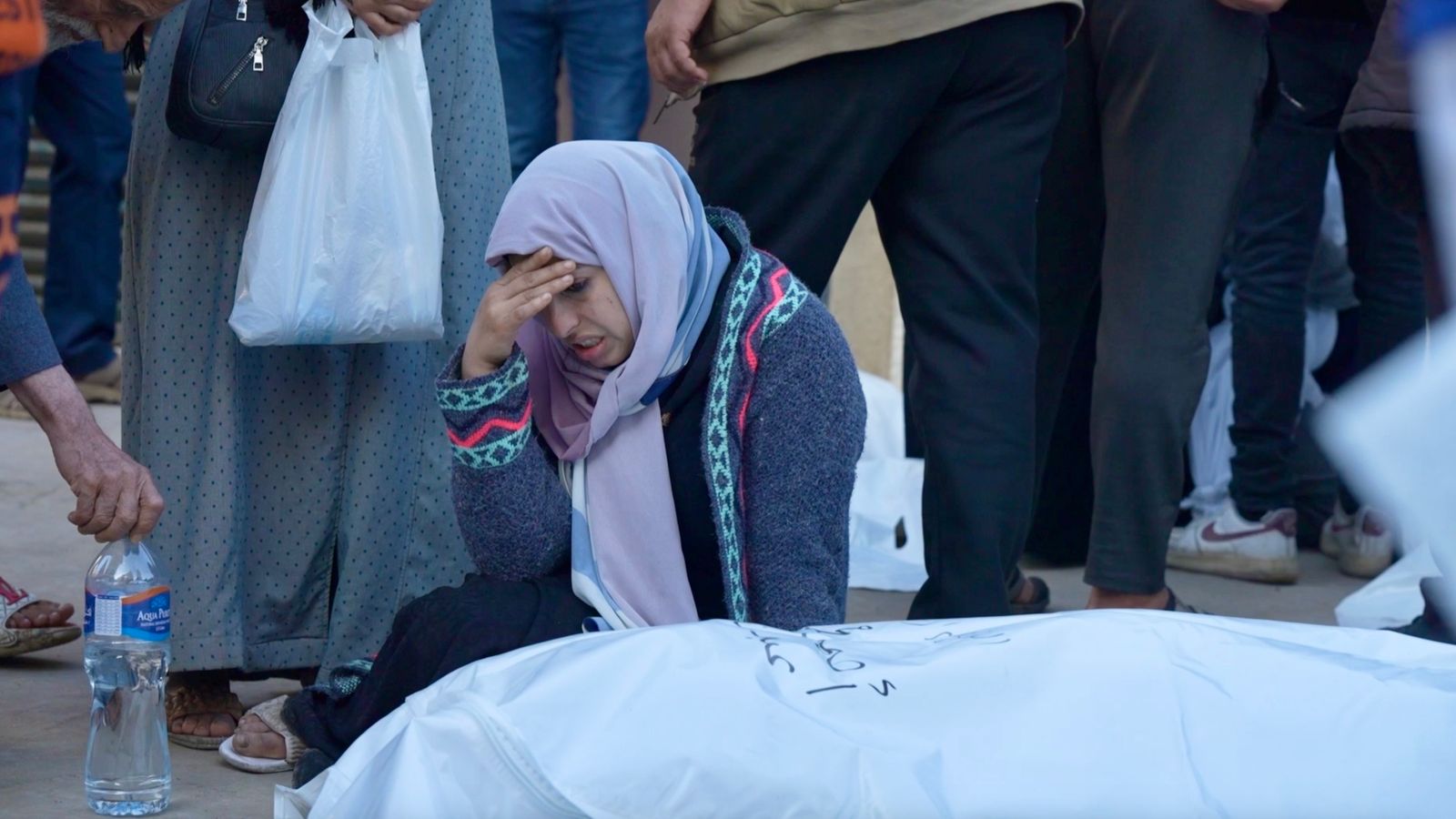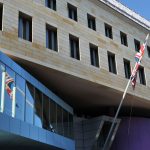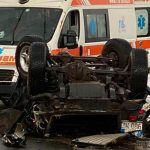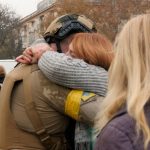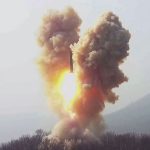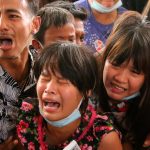Every day I wait for the latest picture feed from our teams in Gaza.
We’re never totally sure when they’ll be able to send the pictures that show what’s happening inside, because it’s often simply too dangerous for them to move or film or go through the process of sending their pictures.
We have two teams working, one in the north and the other covering central and southern Gaza when they are able to do so.
Follow live: UNICEF plea to stop killing of children
I’ve been to Gaza many times and I know where they’re working; I know the districts, roads and even the buildings, and I’ve been there through numerous Gaza wars. They are always uniformly awful.
Every day I wait for those pictures, and every day it gets worse to be honest.
The harrowing pictures of people heading south in donkey-drawn carts, packed into cars or minivans, or moving by foot, are only topped by the continuous stream of people being brought to hospitals covered in blood.
Emergency rooms and ICUs overflowing with patients, and the tears and cries of shock and grief of the relatives.
And then there are the dead. Rows of them lined up on the street while family, friends and well-wishers pray.
The Hamas-controlled Gaza health ministry says 70% of the dead are women and children.
Whatever the eventual ratio actually is, our team’s pictures and their testimony to us certainly confirm that a lot of women and children are dying in the daily bombardment of areas where civilians are sheltering.
The latest pictures sent from our team inside show a family among civilians living in tents inside a hospital complex.
This is the fifth location the family had come to look for safety, and they thought the hospital would be safe.
While they were asleep, they say a missile hit just behind the hospital and shrapnel came flying into their tent, hitting three-year-old Khalid in the head.
His grandmother, Oum Fathi Harb, said the little boy woke up, and asked her what happened, she replied “nothing, it’s fine”, but then noticed he was bleeding from the head.
Khalid was rushed to the hospital’s ICU, where the family was told he was in critical condition.
His grandmother and other family members went to be by his side, telling our team: “There is no safe place, there are no safe places at all.”
In another hospital or at a different time Khalid might have lived.
But he did not. He couldn’t be saved. The family took him away covered in a white sheet – it’s now an all too familiar scene. Another child lost.
Every day we attempt to get as close as we can to Gaza, north and south, as we are able. But because of access restrictions, we can only film the airstrikes on cities and towns we can see.
Looking across the border fence, Gaza City is often shrouded in smoke. When it clears though we see airstrike after airstrike on buildings.
Read more:
Decomposing babies ‘seen in footage’ from abandoned hospital
British teenager killed in Gaza while fighting for IDF
The truce has ended – what will Israel do now?
Our view of Gaza City was from kibbutz Kfar Aza, the scene of one of the gruesome Hamas attacks on 7 October.
Kfar Aza is, at one point, just 500 metres or so from the outskirts of Gaza City.
Hamas smashed through the border fence here and killed, looted and kidnapped people. Seven of the residents are still being held hostage in Gaza.
I was more than surprised to meet groups of mainly American visitors, many wearing brand-new body armour vests and helmets. Part fact-finding, part respect-paying, and part-tourist really.
Among them was paediatric surgeon Richard Schlussel from New Jersey. I asked him, as a doctor, what he thought about the unfolding events and growing death toll just a short distance away across the border fence in Gaza itself.
His support for Israel is absolute but it’s difficult knowing what’s happening so nearby.
“I cry when I see Palestinian mothers holding little tiny corpses, it’s horrific, and I’m outraged but I’ll tell you as someone who is pro-Israeli, very Zionistic, I feel horrible seeing those pictures, as somebody who has gone around the world trying to help children,” he told me.
“But I’ll tell you every bit of that outrage and anger is not directed at the IDF, it’s directed at the cowards of Hamas,” he said.
Israel’s right to defend itself is undoubted. But it’s the cost of human life that’s the issue.
And the number of civilians dead is equally undoubtedly rising.
